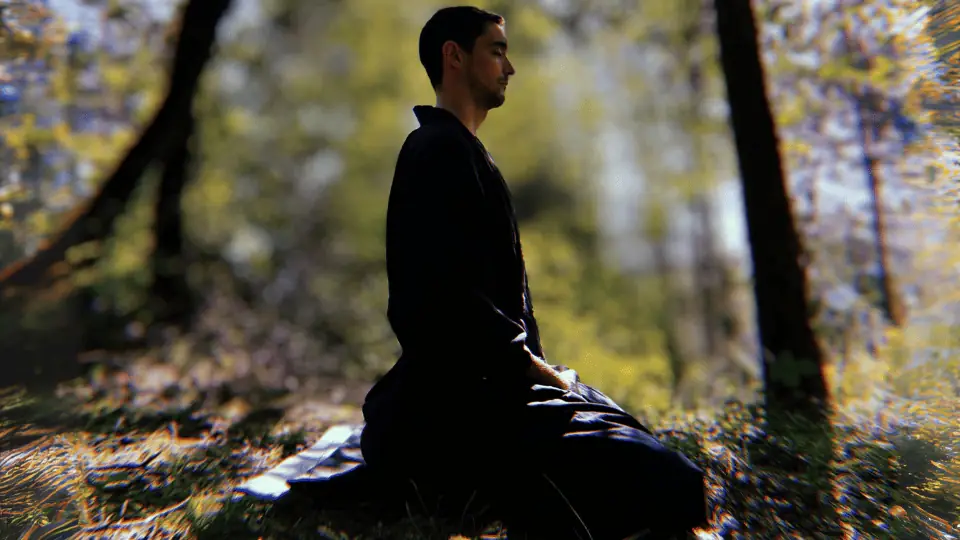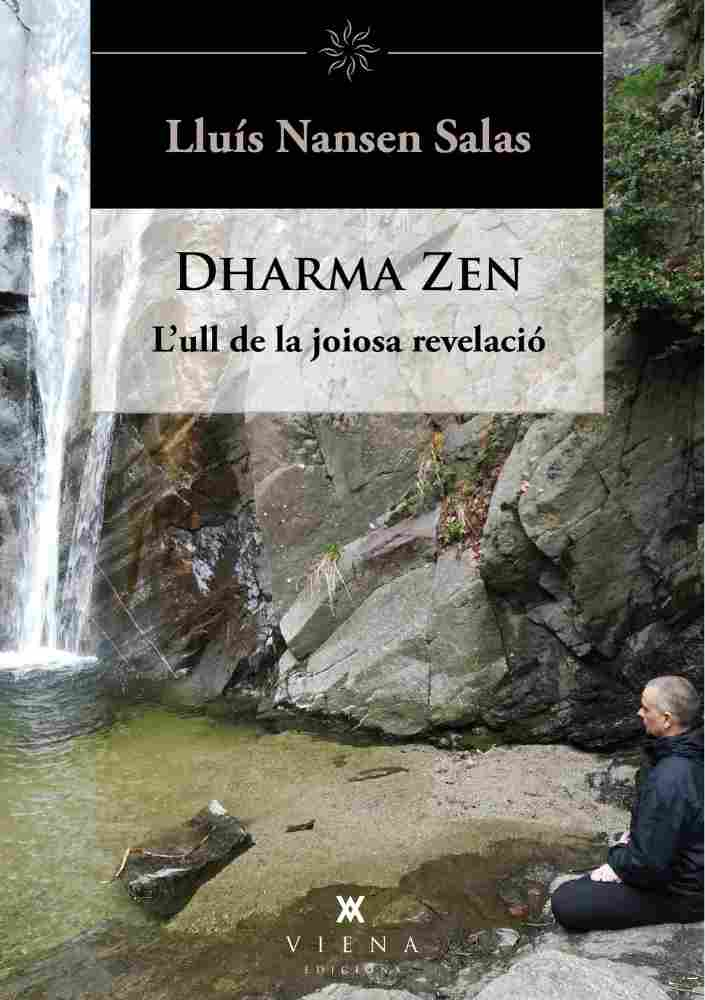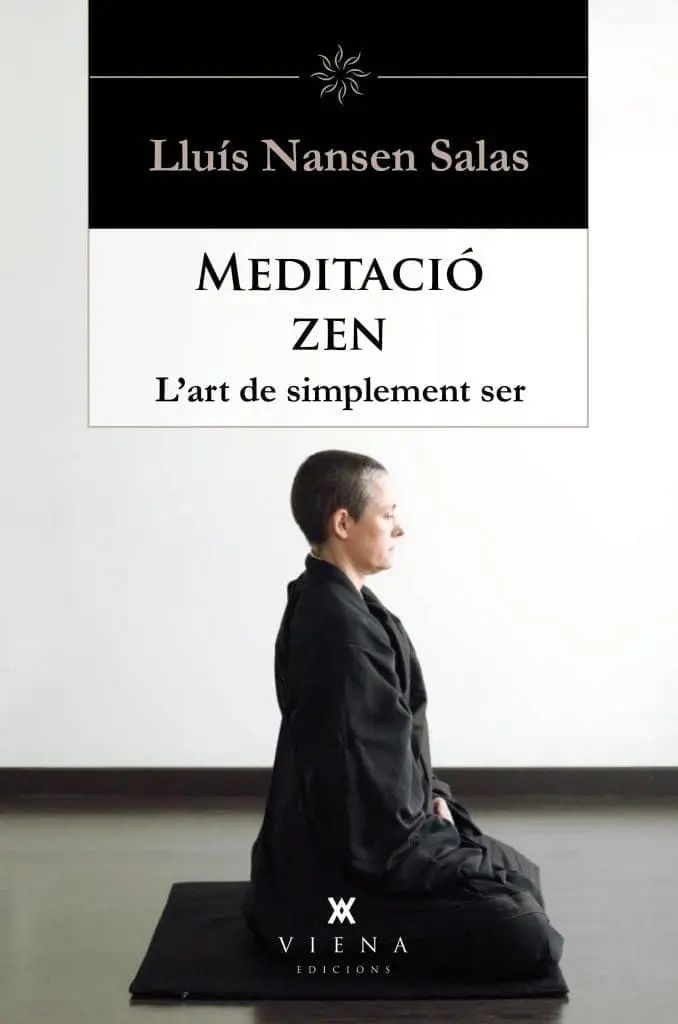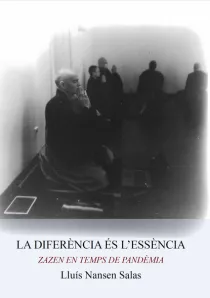In the Platform Sutra, Master Eno says: “Friends, my teaching of the Dharma is based on samādhi and prajñā. But do not make the mistake of thinking that samadhi and prajna are separate. Samadhi and prajna are of one and the same essence, not two. Samadhi is the body of prajna, and prajna is the function of samadhi. Wherever you find prajna, there is samadhi; and wherever you find samadhi, there is prajna. Friends, this means that samadhi and prajna are the same.”
What does Samadhi mean?
The samādhi that Master Eno speaks of is the fifth of the six pāramitās in the Mahayana Buddhist practice, and it is the foundation of Zen practice. Usually, samādhi is translated as concentration or meditation, and that is sufficient. If we want a more technical definition, we could say that samādhi is self-sustained serene concentration—the base of the mental dynamic during seated meditation, zazen. To understand Hui Neng’s (Eno’s) teaching, it is enough to replace “samadhi” with “meditation,” and it might become clearer.
What does Prajna mean?
Prajñā is the sixth of the six pāramitās. It literally means wisdom, but it is not a wisdom of accumulating knowledge—it is an intuitive wisdom that sees reality as it truly is. For this reason, in our language we might translate it as vision, because at its core it is the direct vision of our inner reality.
Which comes first, Samādhi and Prajñā?
Master Eno continues: “Companions of the Way, be careful. Do not think that samadhi comes first and then gives rise to prajna, or that prajna comes first and then gives rise to samadhi, or that samadhi and prajna are separate. For those who hold such views, the Dharma is dualistic. If the mouth speaks of goodness but the mind does not feel goodness, meditation and wisdom are not the same. However, if goodness permeates both mouth and mind, if the external and the internal are the same, then meditation and wisdom are one.”
The relationship between Samadhi, Vipashyana, and Prajna
The notions of samādhi, vipashyanā, and prajñā form a fundamental axis of mindfulness practice and are deeply interconnected. Some traditions understand them as successive stages of realization: Samādhi is concentration and calm, Vipashyanā is deep insight, Prajñā is the understanding that arises from that insight. Seeing them as successive stages has generated ongoing debate among Buddhist schools. For Master Eno, they are not stages but simultaneous aspects of the awakened mind.
Being one in every moment
Master Eno continues: “The cultivation of mindfulness gives no room for debate. Those who argue about what comes first or second only confuse themselves. Unless we put an end to this struggle between right and wrong, we only make unreal phenomena appear, and we will never be free from confusion. The practice of samadhi means being one in every moment—walking, standing, sitting, or lying down—with a clear mind.
The Vimalakirti Sutra says, ‘A clear mind is the basis of enlightenment; a clear mind is the pure land.’ Do not practice hypocrisy in the mind while speaking of sincerity with the mouth. If you talk about practicing samadhi but do not practice with a sincere mind, you are not a disciple of Buddha. Simply practice with a sincere mind and do not cling to any phenomena. That is what is meant by the practice of being one in samadhi.”
Not rejecting phenomena
“Those who cling to the external appearances of phenomena, when they wish to practice samadhi, believe that this means sitting and rejecting thoughts or illusions. But that would be like the absence of life—it would be an obstacle to the Way. The Way must flow freely; why block it? The Way flows freely when the mind does not stop at any phenomenon. When it stops, it becomes limited. If sitting and eliminating thoughts were correct, Vimalakirti would not have reproached Shariputra for meditating alone in the forest.”
Samādhi and Prajñā: A lamp and its light
Finally, Master Eno says: “My friends, what are samadhi and prajna like? They are like a lamp and its light. When there is a lamp, there is light. When there is no lamp, there is no light. The lamp is the body of the light, and the light is the function of the lamp. They are two names, but not two things. This teaching of samadhi and prajna is the same. For those who are aware, there is direct practice: know your mind and contemplate your true nature.”
Nansen
From the book: Nansen Salas, L., “La llibertat inconcebible”, Ensenyances zen a Lluçà 3, 2020, Zen Kannon, Barcelona
Referenced text: The Platform Sutra: The Zen Teaching of Hui-neng, translated by Red Pine, Counterpoint Press, Berkeley, CA, 2006.







